Australian Sky & Telescope is a world-class magazine about the science and hobby of astronomy. Combining the formidable worldwide resources of its venerable parent magazine with the talents of the best science writers and photographers in Australia, Australian Sky & Telescope is a magazine produced specifically for the Southern Hemisphere’s astronomers.
A golden age for Mars missions
Australian Sky & Telescope
The most distant quasar and black hole birth
Astronomers spot galaxies clustering in early universe
NASA extends Mars, Jupiter missions
Rocky planet found around 10 billion-year-old star
Magnetic Whirlpool
Black hole feasts on star
Amateur finds jupiter’s ‘lost’ moons
Galactic one-two punch
Western sky wonders
Roving on Mars • NASA’s Perseverance rover has successfully landed on the Red Planet. Now the real work begins.
The Mystery of the Martian moons • Planetary scientists may soon discover how the Red Planet acquired its two potato-shaped companions.
PEEKABOO MOONS
Searching for signs of life • Finding signs of alien life requires more prep work than you might think.
ANAEROBES
Some thoughts about today s eyepieces • Eyepieces are just as important as telescopes when it comes to visual observing, but some of the conventional wisdom about them has changed over the years.
USING THE STAR CHART
Farewell autumn, hello winter
Gemini’s like and unlike twins • Castor and Pollux share many similarities, but both stars are unique.
VISTAS
Mars invades the Beehive • The Red Planet meets a star cluster while Venus and Mercury get close.
SKY PHENOMENA
LUNAR PHENOMENA
The Etas are back • Comet Halley’s progeny will light up the sky in mid-May.
Aussie bags 9th comet • The Halley-type comet is heading away from us.
MAY’S TOTAL LUNAR ECLIPSE • Get ready to watch the Moon pass through Earth’s shadow.
TT Cen’s double maximum • A rare kind of long-period variable.
Lunar skating rinks • Why are some craters filled with smooth lavas while others aren’t?
The Lion’s Galaxy Triplet • A compact collection of galaxies warrants a closer look.
Distances to Galaxies
I wish I’d known then what I know now • Learn from an experienced astrophotographer’s early mistakes.
NEW PRODUCT SHOWCASE
CHOOSING AN ASTROGRAPH • Here’s a clever way to compare features in deep sky imaging scopes before making a purchase.
Orion’s StarShoot G16 Deep Space Camera • We look at one of the latest offerings for budget-minded imagers.
A homebuilt carbon fibre refractor • For its size, this scope is surprisingly light and portable.
A slow return to normal • A few activities are returning to the astro calendar.
Steve Massey
Astrophotos from our readers
The cosmic conjunction • When the world gets you down, look up and tune into orbital time.
The “Wow” now • After four decades, a mysterious radio signal from space remains excessively elusive.
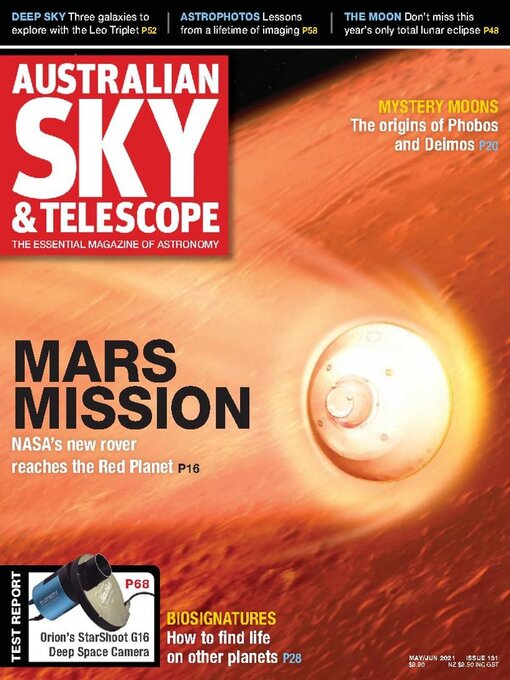
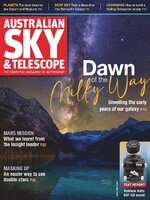 August/September 2023
August/September 2023
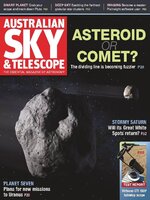 Jul 01 2023
Jul 01 2023
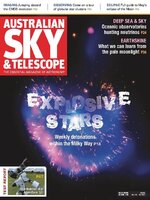 May/June 2023
May/June 2023
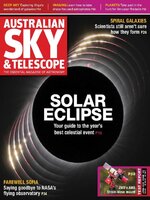 Apr 01 2023
Apr 01 2023
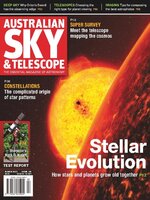 Mar 01 2023
Mar 01 2023
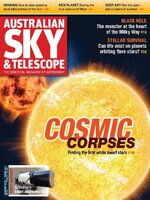 January - February 2023
January - February 2023
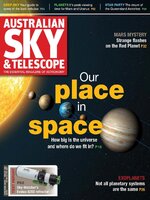 November - December 2022
November - December 2022
 September - October 2022
September - October 2022
 July - August 2022
July - August 2022
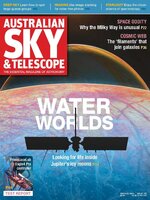 May - June 2022
May - June 2022
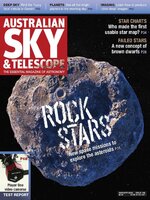 March - April 2022
March - April 2022
 January - February 2022
January - February 2022
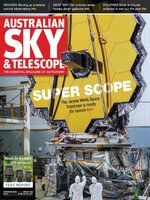 November - December 2021
November - December 2021
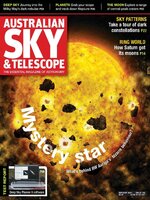 September - October 2021
September - October 2021
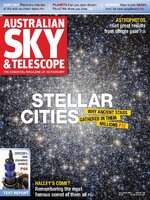 July - August 2021
July - August 2021
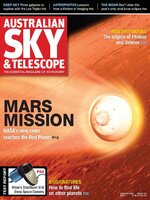 May - June 2021
May - June 2021
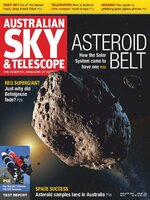 March - April 2021
March - April 2021
 January - February 2021
January - February 2021
